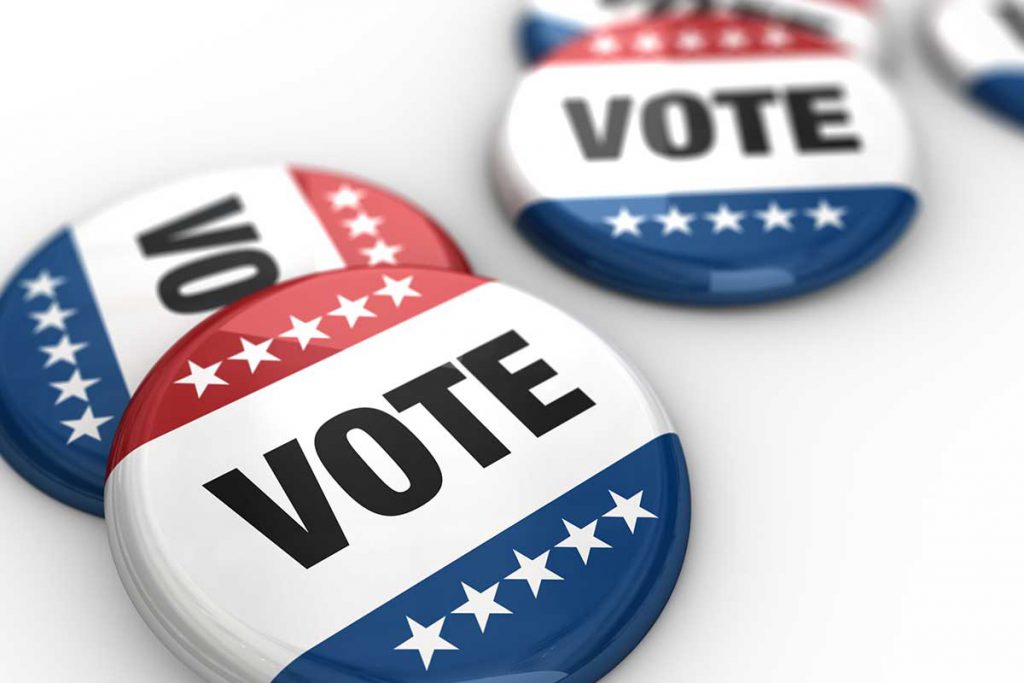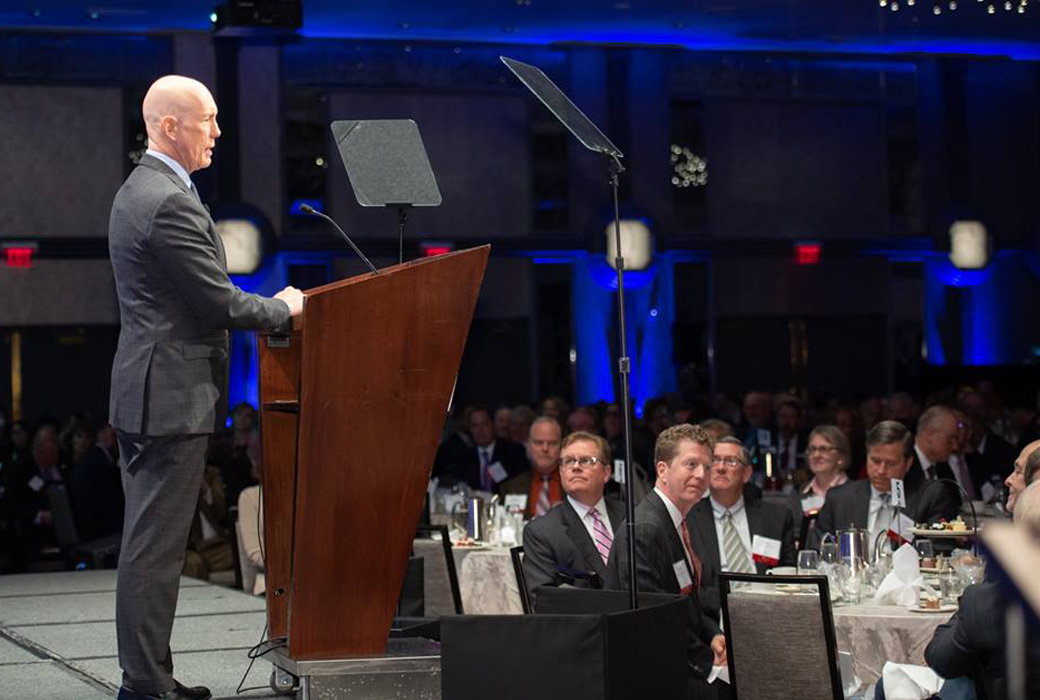
5 Tactics to Give Your PAC the Upper Hand in the 2018 Mid-Term Elections
The 2018 mid-term election cycle is in full swing. Hundreds of millions of dollars have already been raised and spent on the election cycle through fundraisers and donations for Political Action Committees (PACs), Super PACs, and donations made to declared candidates directly, and the race is just beginning. Political participation in the electoral process through PACs can be an important aspect of the political strategy for a business. It can also be wrought with issues. Increased competition is one of them.
Since their introduction to the political landscape in 1944, PACs have always been an important component of political life in the United States. In the most recent 2014 Mid-Term Elections, USA Today reported, “Forty-two of the nation’s wealthiest donors have contributed nearly $200 million to super PACs to shape next week’s midterm elections, according to a USA TODAY analysis of contributions of $1 million or more. In all, this relatively small group has provided nearly a third of the approximately $615 million raised by all super PACs in the 2014 election.” In addition to the incredible, and still increasing, amount of money PACs have raised, they have also introduced new strategies of fundraising such as the Mayday.US PAC which attempted to use crowd-funding.
It’s clear that PACs will have a massive impact on the 2018 mid-term election cycle, and with the ever-increasing competition, there must be strategies in place to make your PAC stand out.
There are ways to make sure you stay compliant, such as conducting periodic compliance audits during the “off year.” Audits also map out how to integrate proven fundraising strategies that incentivize PAC giving, including:
1. PACs may do a charitable match program where it contributes dollar-for-dollar to a charity of it or the donor’s choosing. As long as no one takes a tax deduction and no one receives a tangible benefit from the charity, this is permissible.
2. The organization may hold a drawing to award prizes. The value of the prizes given may not exceed one-third the value of the funds raised. For example, if 20 people contribute $500, then the organization could give away $3,333.33 in prizes ($10,000/3). The prizes may be paid for by the connected corporation; in the case of a trade association, corporate members may donate the prizes.
3. The organization may give small gifts to each donor as long as the value of the gift does not exceed one-third of the value of the contribution. Learn what types of gifts have proven successful, and which have drawn scrutiny from the FEC.
4. The organization may host a reception or dinner for all PAC donors. The one-third rule does not apply to food and beverage. It does apply to entertainment, so the cost of a band or a sporting ticket would have to fit within the one-third rule. Companies often reward PAC contributors with receptions with senior management.
5. There are many ways to encourage PAC giving, but they must comply with the FEC’s rules and not cause the organization to reimburse the contributions.
To learn even more about this important topic, join Association TRENDS on Thursday, January 25th from 2:00 pm – 3:30 pm during our webinar, Refreshing Your PAC Pitch for the 2018 Mid-Term Elections: Strategies, Fundraising, and Compliance. Ronald Jacobs, a Partner in Venable’s Political Law Practice, shows you how to integrate proven fundraising and compliance strategies to keep your PAC funded now and give it a strong head start on the 2018 elections. Don’t miss this opportunity to learn strategies for keeping donations up and your PAC ready to make a difference. Register today!


